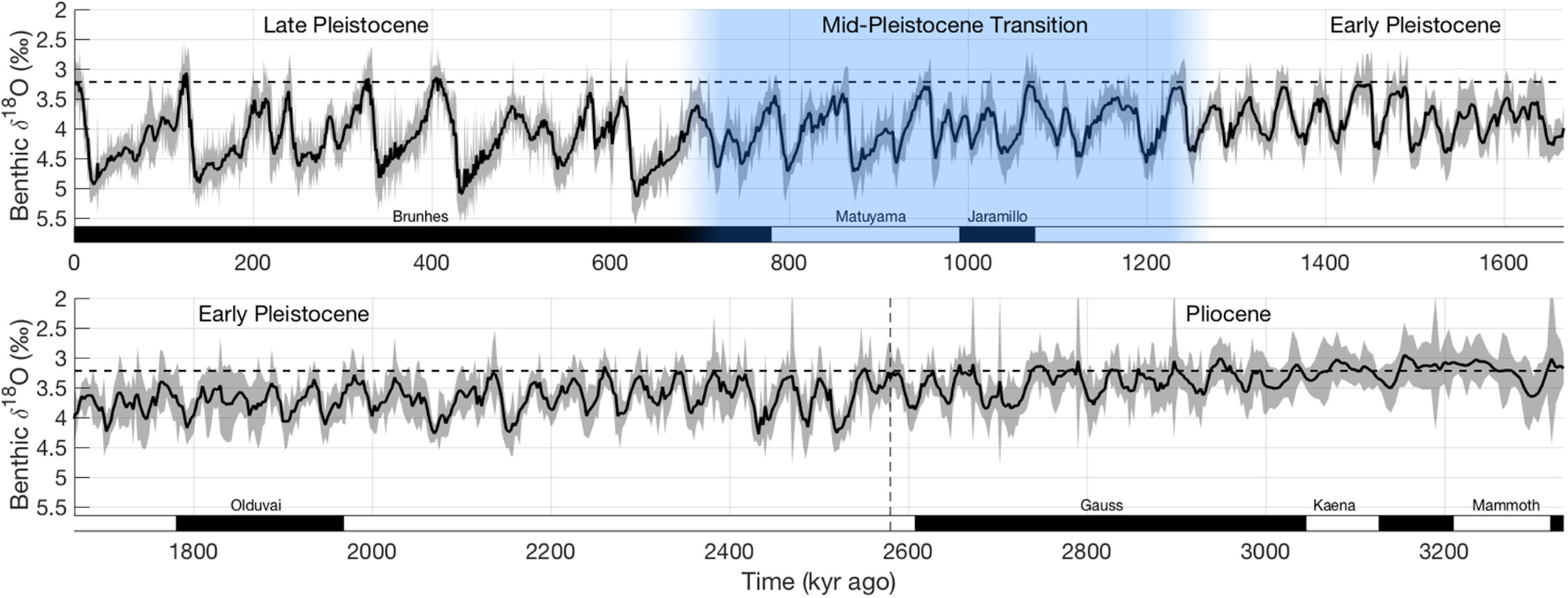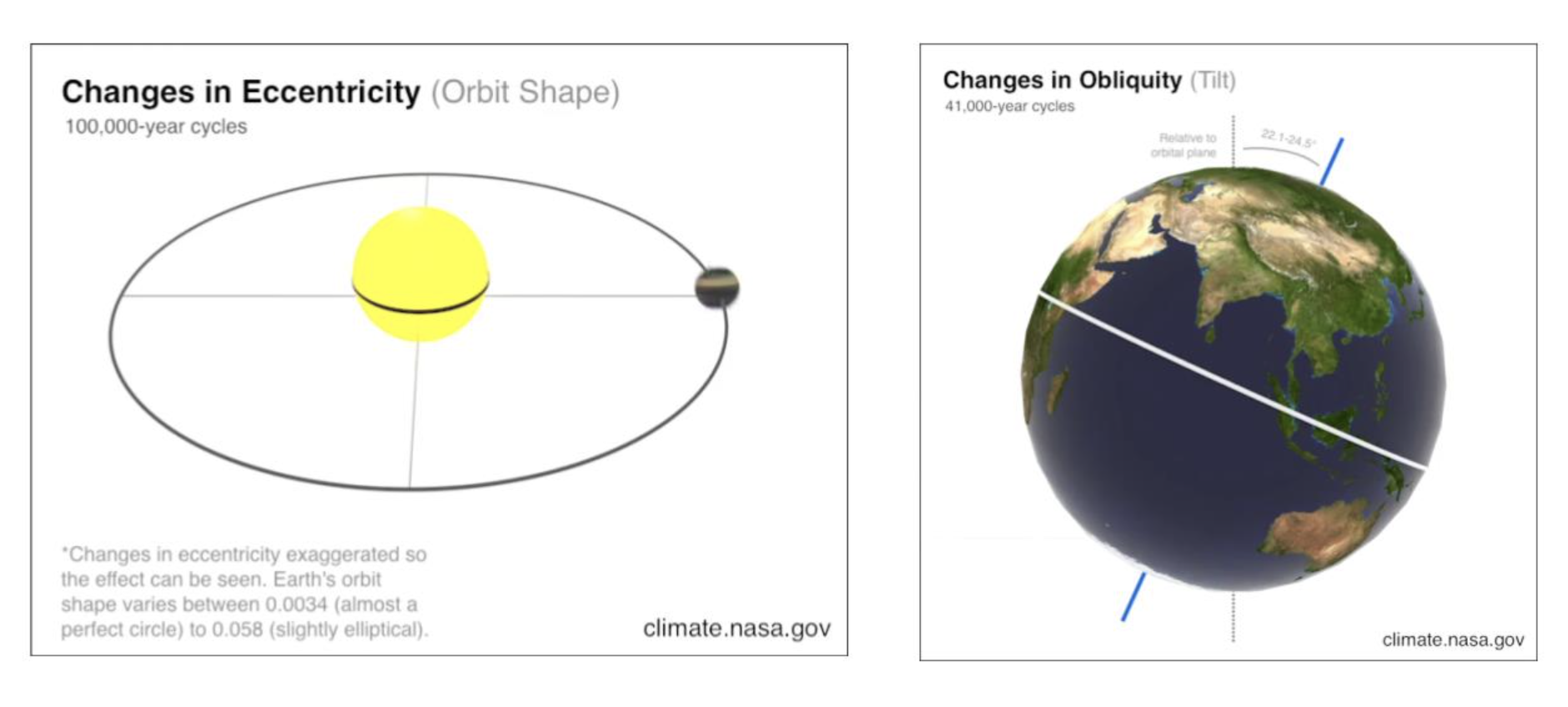Australian Antarctic Division starts pilot drill for world’s oldest ice core
Last week, the Australian Antarctic Division (AAD) began the pilot drill for the Million Year Ice Core Project (MYIC), a quest for the world's oldest continuous ice core.
Ice cores are an integral source of information for climate scientists because air bubbles trapped in the ice provide a record of the atmospheric composition at the time the ice was laid down. In the case of 3 km deep ice at Dome C in Antarctica—where the MYIC project drill is taking place—that can be more than 2 million years ago.
Before the European Beyond EPICA project recently announced the collection of a 1.2 million-year-old ice core, the previous longest continuous ice core was the famous EPICA core back in 2004, which provided a nearly 800,000 year continuous climate history. Although a Princeton University Team recovered 2 million-year-old ice from Antarctica in 2019, this core was not continuous. A continuous core is desired, not just for completion, but because something shifted in the Earth's climate system 1 million years ago, and scientists want to know what it was. A continuous ice record would allow them to trace atmospheric composition during the transition and hence understand it better.
We know partially about the climate a million years ago because of sediment cores. Sediment cores contain fossils, different make-ups and temperature dependent chemical compositions, that allow reconstruction of temperature and climate back further in time than ice cores—to around 200 million years. Such temperature reconstructions show that the Earth has oscillated in and out of ice ages (or glacials) over the last 3 million years. These ice age cycles had a period of 41,000 years until 1 million years ago, when they shifted to a period of around 100,000 years.
Although both periods correspond to a cycle of the Earth's orbit around the sun (eccentricity and obliquity), scientists don't understand why the shift, known as the Mid-Pleistocene Transition (MPT), occurred.
 Image: Temperature proxies for the last 3.3 million years (oldest at bottom right, youngest at top left) showing the Mid-Pleistocene Transition around 1 million years ago. Source: from the original publication, Berends, C. J. et al., 2021, ”On the Cause of the Mid-Pleistocene Transition” based on Ahn et al. 2017 and Lisiecki & Raymo, 2005. Used under Creative Commons Licences 4.0
Image: Temperature proxies for the last 3.3 million years (oldest at bottom right, youngest at top left) showing the Mid-Pleistocene Transition around 1 million years ago. Source: from the original publication, Berends, C. J. et al., 2021, ”On the Cause of the Mid-Pleistocene Transition” based on Ahn et al. 2017 and Lisiecki & Raymo, 2005. Used under Creative Commons Licences 4.0
The image below, from NASA, illustrates two of the three of these orbital cycles: eccentricity and obliquity.
The eccentricity of Earth's orbit varies over a 100,000 year cycle, in the fashion of a wire circle being alternately squashed and released. A higher eccentricity (more squashing) means the Earth's distance from the sun varies more during the year, intensifying seasons.
The obliquity or tilt of the Earth's orbit changes between about 22.1 and 24.5 degrees over a period of 41,000 years. Obliquity is a primary driver of seasons, with the hemisphere that is tilted away from the sun experiencing winter and vice versa. An increase in obliquity intensifies seasons.
Feedbacks between the two orbital cycles of eccentricity and obliquity (as well as a third of precession) can result in more intense seasonal or longer-term changes. For example, a cold winter due to high obliquity can be intensified if it occurs concurrently with a peak in the eccentricity cycle that puts the Earth further from the sun during that winter.

Image: Left: The eccentricity of Earth's orbit varies over a 100,000 year cycle while the obliquity or tilt of the Earth's orbit changes between about 22.1 and 24.5 degrees over a 41,000 year cycle. Source: NASA.
Climate feedbacks between the ocean, atmosphere and cryosphere (ice sheets), also interact with each other, playing a possible role in climate shifts: a cold winter might lead to more ice build-up, which leads to more reflection of the sun's heat, which leads to cooler atmospheric temperatures. The effect could run away over multiple seasons, causing ice sheets build up and initiate a glacial period. Another leading theory is that decreasing levels of CO2 in the atmosphere led to stronger and longer ice ages after the Mid-Pleistocene transition.
An ice core spanning more than a million years could affirm or refute the CO2 theory as well as help detangle some of the potential feedbacks that led to the Mid-Pleistocene transition, hence also giving insight into the climate system of today.
The AAD team aims to complete the core extraction over the next 3 to 4 seasons.